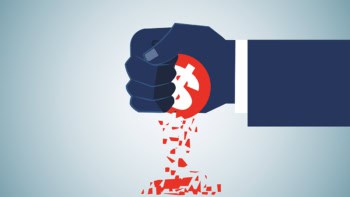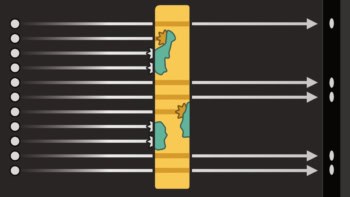By Hamish Johnston
Not exactly, but they are near the top of the league table when it comes to publishing the same paper in two different journals — according to a preprint from sociologists Vincent Lariviere and Yves Gingras at the University of Quebec in Montreal.
The pair combed millions of papers published between 1980-2007 looking for articles with the exactly the same title, first author and number of references. They found nearly 5000 papers that had been published twice — or about 0.05%.
They then compared the abstracts of the duplicate pairs (when available) and found that more than 52% were identical — and the remaining 48% very similar.
So how did physicists make out?
Nearly 0.08% of papers were duplicates, putting physics in second place after “engineering and technology” with over 0.11%.
Lariviere and Gingras point out that the high number in engineering and technology could be related to the large numbers of conference proceedings published in this field. Interestingly, I had a chat about this with a few journals editors here at IOP Publishing and they told me that publishing a paper in a conference proceedings and then a journal seemed to be a common practice for engineers.
Does this duplication matter?
It does if hiring committees or funding bodies simply tote up a candidate’s publications. However, if it’s quality they are looking for, then duplicate papers appear to be rather poor — Lariviere and Gingras show that the average “impact factor” and number of citations of the duplicates is about 65% of the average value for a physics paper.
Are there legitimate reasons for publishing the same thing twice?
I suppose your could make a case if the research cuts across two different disciplines that rarely read each other’s journals.
But in an age when peer-reviewed publications are the currency of success, it does seem like counterfeiting.



